Agronomy: Planning for Cover Crops
If you are adopting cover crops start with a plan that includes the right species, right planting date and right planting method. And don’t hesitate to do some experimenting on your own. Adopting cover crops for many growers is a challenge because they invest too little time and effort. For others the additional risk and management associated with cover crops may be too threatening to even get started. However, there are other growers who have successfully adopted cover crops and made them a part of their regular crop production system. Cover crops require management and deserve as much planning [...]
Diagnostics: NuGIS – Assess Your Nutrient Balances
Nutrient use and its fate can now be tracked using the NuGIS model. In order to account for nutrients to adequately supply crop needs, while at the same time being better stewards of our environment, it is important to maintain a balance of nutrient inputs, removals and losses. The Nutrient Use Geographic Information System (NuGIS) provides a complete collection of the components of nutrient application and utilization on a geo-tagged basis for each county in the continental United States. The NuGIS balance can also be computed on an individual basis for each U.S. watershed. NuGIS is a free interactive [...]
Agronomy: Soybean Yields in Illinois
In recent years, soybean yields in Illinois have been exceptional, leading to questions on whether technologies have caused a "jump" in soybean yields. While the 2016 state yield will be an outlier, it is too early to say that a new regime of soybean yields exists. Relative to corn yields, soybean yields must increase more to have the same relative yields as in the early 1970s. Comparing Soybean Yields to Trend State soybean yields for Illinois have been exceptional from 2014 through 2016. In 2014, Illinois' soybean yield was 56 bushels per acre. The 2014 yield was a record [...]
Insect Management: Why All the Fuss About Soybean Cyst Nematode?
This article was updated on November 28, 2016. Unfortunately, soybean cyst nematode (SCN) isn’t being talked about much anymore. It is known to be the #1 threat to soybean yield around the world, and in the North Central U.S. we have been depending on the PI 88788 source of resistance in 95% of our seed market share. A smaller percentage source of soybean resistance against SCN comes from Peking, PI 437654, or combinations. What happens when we depend on a predominate source of resistance for an extended period of time? SCN populations can and do adapt to this source [...]
Agronomy: New booklet gives farmers strategies to reduce nitrogen runoff
URBANA, Ill. – The Midwest, blessed with rich soils and abundant precipitation, leads the country and the world in corn and soybean production. It also contributes the majority of the nitrate load in the Gulf of Mexico, leading to its large low-oxygen “dead zone.” Nitrate applied to farm fields also winds up in local drinking water supplies, which must be removed at a major cost to municipalities. Fortunately, there are ways for farmers to reduce nitrogen loss, and a new University of Illinois Extension booklet provides details on 10 suggested practices. “In this booklet, we present a consistent source [...]
Agronomy: Getting Wheat Off to a Good Start
The success of your double crop enterprises in 2017 begins with planning for and planting wheat this fall. Looking to 2017 and our double crop soybeans begins with a good start to our fall 2016 winter wheat crop. What we do now can have a direct effect on the success of our double crop beans next year. So let’s looks at some time-proven tips to insure success not only in our wheat crop but potential success in out double crop soybeans. First is to ensure that we get a good even distribution of harvested residue this fall. Makings sure [...]
Agronomy: Summarizing the Soybean Season from Southeast Illinois
As I write this, my final report as an Envoy, #harvest16 is in full swing. Corn is all but done here in Southeastern Illinois and soybean harvest is really just getting started. Initial yield reports have been very mixed: the earlier varieties like group 3-3.5 have been not as good as hoped, but the later 3.8-4.5 maturities are much better. As we expected, weed control is still an issue as it has slowed harvest for many. Fall herbicide applications have begun in hopes of getting a jump on weed control for 2017. Many of the trial results for improved [...]
Agronomy: Growing Soybeans in Africa
The ILSoyAdvisor site attracts soybean questions from around the globe. It is a premier soybean management website that is finishing its third season online. There is no advertising and the articles posted are written by experienced experts. We go to a lot of effort to find relevant and timely content about soybean management. Because of this we receive emails from around the globe asking about soybean production, particularly in areas where soybeans haven’t historically been grown. I am left with the task of dispensing some advice on how to produce soybeans in a place I have never been. I [...]
Plant and Soil Health: Are You Applying Enough P & K?
This post highlights material covered in a breakout session sponsored by Wyciskalla Consulting, LLC at the recent ILSoyAdvisor Field Days. To see other posts in this Field Days recap series, click here. Phosphorus is now recognized as one of the most limiting nutrients in soybeans. It’s critical that you test soils for phosphorus and potassium frequently and apply enough nutrients to meet crop removal needs. Remember that corn and soybeans have distinct nutrient requirements, so apply nutrients independently for each crop. Even among soybeans, nutrient needs are not one-size-fits all. A 55- to 60-bushel soybean crop takes up about [...]
Agronomy: Summarizing the Soybean Season from Southwest Illinois
Well, this is my last article as the season comes to a close as a Soybean Envoy for 2016. I’m going to hit a few highlights as harvest progresses in southwestern Illinois. Soybean production faced some challenges which kept our yields below the rest of the state. There have been very few soybean fields harvested at this point. Those fields were planted fairly early and were late Group 3s or early Group 4s. Thus far the yields have been surprisingly good considering the environmental extremes we had this year. The lowest reported yields have been 47 bu/acre, with 58 [...]

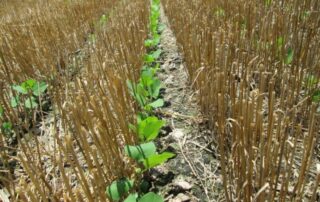
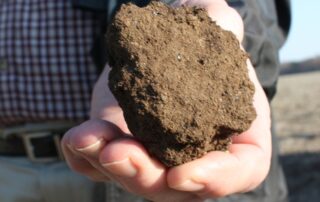
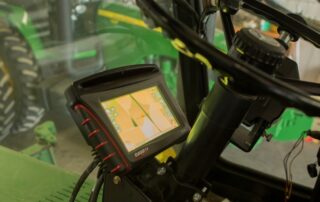
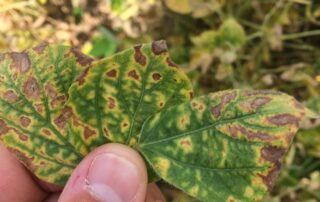
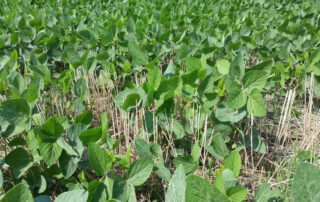
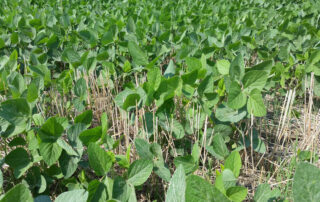
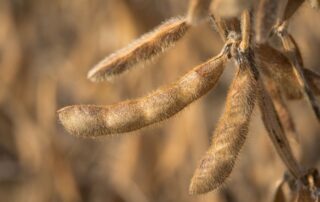
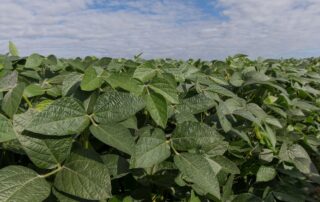
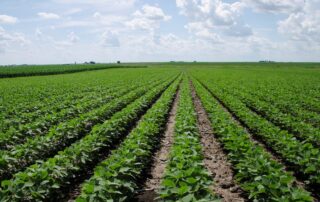
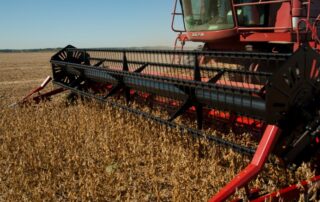

 and then
and then